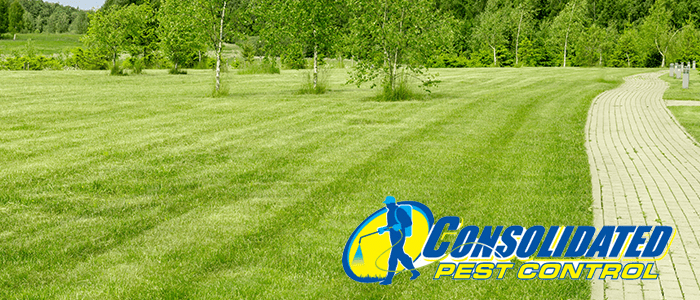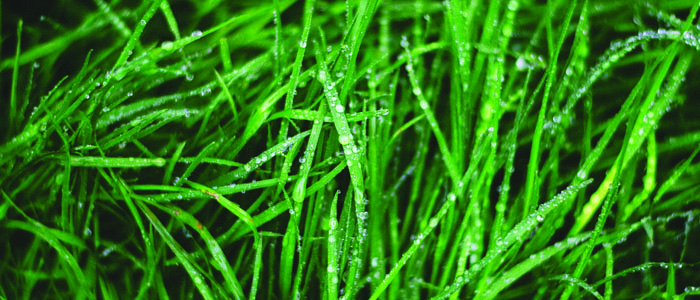
If you’re a fan of frequently watering your plants, you may have noticed some of your house plants stay hydrated longer than others. You may also have seen that lately, tiny black flies slowly and clumsily fly at your face, very persistently. Welcome to the world of fungus gnats, your reward for overwatering your plants enough for tiny amounts of fungus to grow in the soil.
What Are They?
Fungus gnats in the family Sciaridae are a tiny species of insect in the fly grouping. Some people confuse them for fruit flies, but they are much smaller, much slower, and have different diets. Thus, they are attracted to different scents than fruit flies. They commonly show up in homes due to the overwatering of plants. This can activate eggs in the soil as roots begin to rot after sitting in water for too long. The larval fungus gnats eat at the fungus growing on the rotting roots, hatch, and start flying around looking for more fungus and more soil to lay their eggs in.
Don’t waste your time looking for the larvae, though – They are one-hundredth of an inch long and not even visible under a magnifying glass. If you have fungus gnats and a plant with wet soil, you must assume you have the larvae.
Their populations can quickly boom, and while they are harmless to humans and healthy plants, they can wreak havoc on seedlings and are an absolute nuisance for their habit of flying into the faces of humans. They do this because they carbon dioxide draws them in, which our faces tend to enjoy exhaling. Thus, if you do a lot of breathing in a home where fungus gnats are present, you will get a lot of face time with these bumbling tiny gnats who always seem to slip out of your clutches at the last moment.
How Do I Get Rid of Them?
In this case, prevention can be the best medicine. Water your plants when the topsoil is dry, and don’t water them to soaking. If you’ve already overwatered a plant, its roots may be rotting, and the soil around the plant may be full of larval fungus gnats. In this case, repotting it is one potential solution. You can microwave new earth for a minute to destroy unhatched and dormant insect eggs in the soil, allowed to cool, and then used for planting. Discard the wet, moldy soil in a plastic bag and throw it out.
Traps
A variety of traps exist to control adult fungus gnats. Some of the most effective are yellow sticky traps with a sweet rotten smell that the gnats are attracted to. When placed in the soil near problem plants, adults approaching lay eggs will land in the trap instead, hoping to find a quick meal—setting the sticky traps directly onto windows can also work wonders, as the flies are attracted to light like many insects.
Eliminate Larvae
If no traps are available and repotting sounds like too much of a hassle, there exist options for killing fungus gnat larvae in the soil as well. Mixing one part peroxide to four parts water will create a solution that can be poured through the soil to the root zone until it leaves the pot’s bottom. The peroxide kills fungus gnat larvae and eggs on contact. Neem oil is also a particularly effective soil soak.
Get Rid of Their Food Source
Remove fallen leaves and stems from your plants, as these can provide a food source for fungus gnat larvae as well. You can also place a half-inch of horticultural sand (not playground sand) or diatomaceous earth on top of the soil. The benefit of using DE is that if they attempt to inspect the soil, the sharp edges slices them to ribbons.
Build Your Own
Lastly, you can create your traps for the gnats. Fill the bottom of a deep bowl with apple cider vinegar and add a few drops of liquid dish soap to it. Put the bowl near your plants and watch as fungus gnats flock to the bowl, fall through the layer of soap, and are unable to escape. Replace this trap every couple of days.
In Conclusion
By following these steps and allowing your plants to dry between watering, you can enjoy your houseplants without the scourge of fungus gnats disturbing your peace of mind.








